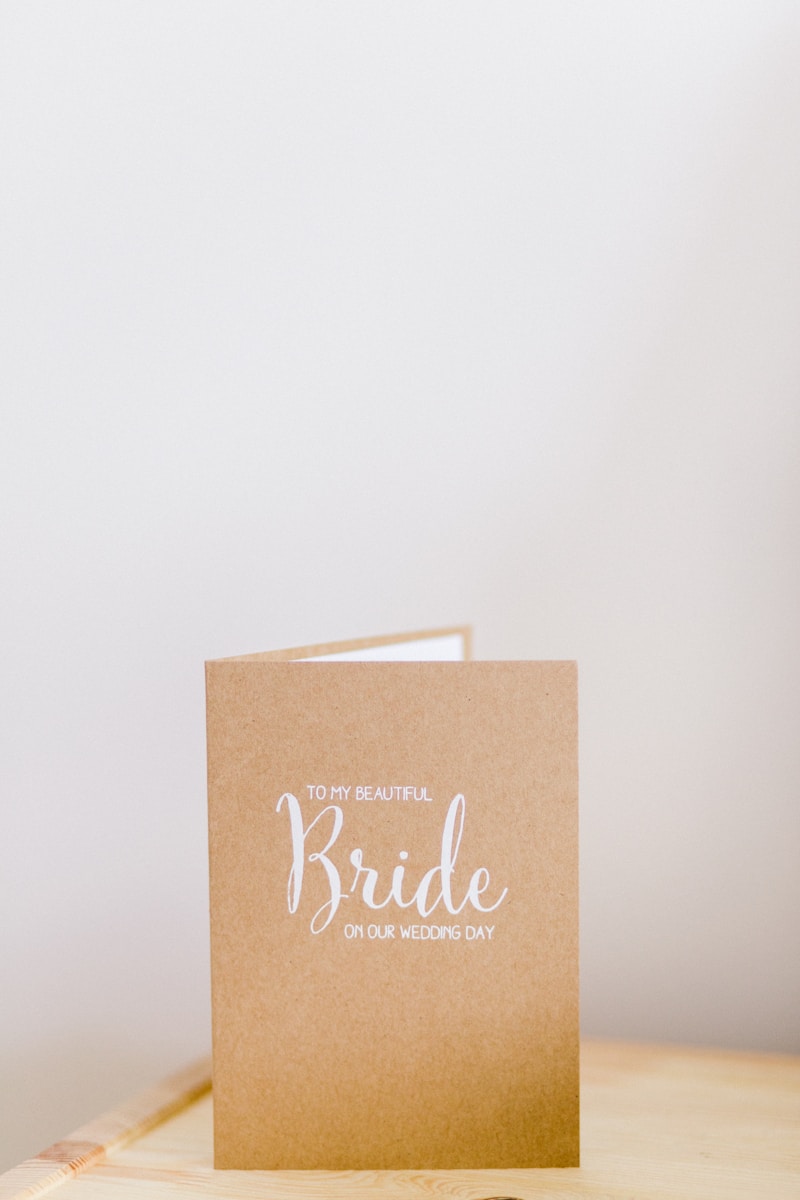Creating a Sustainable Budget for Bridal Boutiques: A Comprehensive Guide
Creating a Sustainable Budget for Bridal Boutiques: A Comprehensive Guide
In the world of bridal boutiques, maintaining a sustainable budget is crucial for ensuring long-term success. As trends fluctuate and the market evolves, boutique owners must learn to navigate these challenges effectively. This article delves into creating a sustainable budget for bridal boutiques, focusing on strategies, considerations, and common questions that arise for business owners in the wedding industry.
Understanding the Importance of a Sustainable Budget
A sustainable budget helps bridal boutiques manage cash flow, allocate resources effectively, and plan for future growth. It minimizes the risk of financial distress and provides a safety net during uncertain times. By understanding the importance of budgeting, boutique owners can make informed decisions that align with their business goals.
Key Components of a Sustainable Budget
To create a sustainable budget, consider the following components:
| Component | Description |
| Revenue Projections | Estimate sales based on historical data, market trends, and seasonal fluctuations. |
| Fixed Costs | Include rent, utilities, salaries, and other non-variable expenses. |
| Variable Costs | Account for inventory costs, marketing expenses, and seasonal promotions. |
| Emergency Fund | Set aside a percentage of revenue for unexpected expenses. |
| Marketing Budget | Allocate funds for online and offline advertising efforts to attract customers. |
Creating Your Budget Plan
When you embark on creating a sustainable budget for your bridal boutique, follow these essential steps:
1. Analyze Historical Data
Look back at your boutique's performance over the past few years. Examine sales patterns, peak seasons, and customer behavior to create accurate revenue projections.
2. Establish Clear Goals
Define your goals, whether it's increasing sales, expanding your product line, or improving customer experience. Align your budget with these objectives to ensure that every dollar spent contributes to your overall vision.
3. Monitor Expenses Closely
Identify fixed and variable expenses, and ensure you keep track of them regularly. Use accounting software to help organize and manage your financial data. This will enable you to see where your money is going and where you can cut back if necessary.
4. Plan for Seasonal Fluctuations
The wedding industry experiences significant seasonal changes. Plan your budget to accommodate for higher costs during peak wedding season, while ensuring you have sufficient funds during the off-season when sales may dip.
5. Build an Emergency Fund
Unexpected expenses can arise at any time. Commit to setting aside a percentage of your revenue each month to create an emergency fund that can help your boutique navigate unforeseen financial challenges.

Effective Cost Management Strategies
Here are some effective strategies for managing costs and ensuring your budget remains sustainable:
1. Streamline Inventory Management
Implement an inventory management system that tracks sales and stock levels in real-time. Understanding what sells and what doesn’t can help reduce excess inventory and improve cash flow.
2. Negotiate with Suppliers
Establish strong relationships with your suppliers and negotiate terms that can help reduce costs. Consider bulk purchasing to receive discounts or exploring alternative suppliers offering competitive prices.
3. Embrace Digital Marketing
Digital marketing is often more cost-effective than traditional marketing methods. Leverage social media, email campaigns, and targeted ads to reach potential customers without breaking the bank.
4. Offer Promotions Wisely
While promotions can drive sales, they can also cut into your profits. Plan your promotions strategically during slower periods to help boost sales without sacrificing overall margins.
Common Questions About Budgeting for Bridal Boutiques
As you navigate budgeting for your bridal boutique, you may have several questions. Here, we address some of the most common inquiries:
What Should I Include in My Initial Budget?
Your initial budget should include both fixed and variable costs, such as store rent, utilities, employee salaries, inventory costs, and marketing expenses.
How Can I Forecast Sales Accurately?
Use historical data, market research, and seasonal trends to forecast sales. Tools like spreadsheets or specific forecasting software can help with this process.
Is a Contingency Fund Necessary?
Yes, a contingency fund provides a safety net for unforeseen expenses and can help stabilize your business during economic fluctuations.
Incorporating Sustainable Practices into Your Budget
As consumers become more environmentally conscious, consider incorporating sustainability into your boutique’s practices. This can differentiate your brand in a saturated market.
1. Source Local and Sustainable Materials
Where possible, source materials and products from local suppliers that prioritize sustainability. This could attract customers looking for eco-friendly options.
2. Implement a Recycling Program
Encourage a recycling program within your boutique, whether it’s for packaging or other materials used in your operations. This can contribute to a positive brand image.
3. Educate Your Staff
Training your staff on sustainable practices can instill a culture of responsibility within your boutique, ensuring everyone is on the same page regarding your sustainability goals.
Conclusion and Recommendations
In conclusion, creating a sustainable budget for bridal boutiques involves careful planning, monitoring, and flexibility. It is essential to analyze historical data, establish clear goals, manage costs effectively, and embrace digital marketing strategies. Additionally, incorporating sustainable practices not only aligns with current consumer trends but also contributes to the long-term health of your business.
As a final recommendation, regularly review your budget to adjust for changes in the market, and don’t hesitate to seek advice from financial experts when needed. By taking these steps, you can ensure that your bridal boutique remains profitable and prepares for sustainable growth in the competitive wedding industry.
